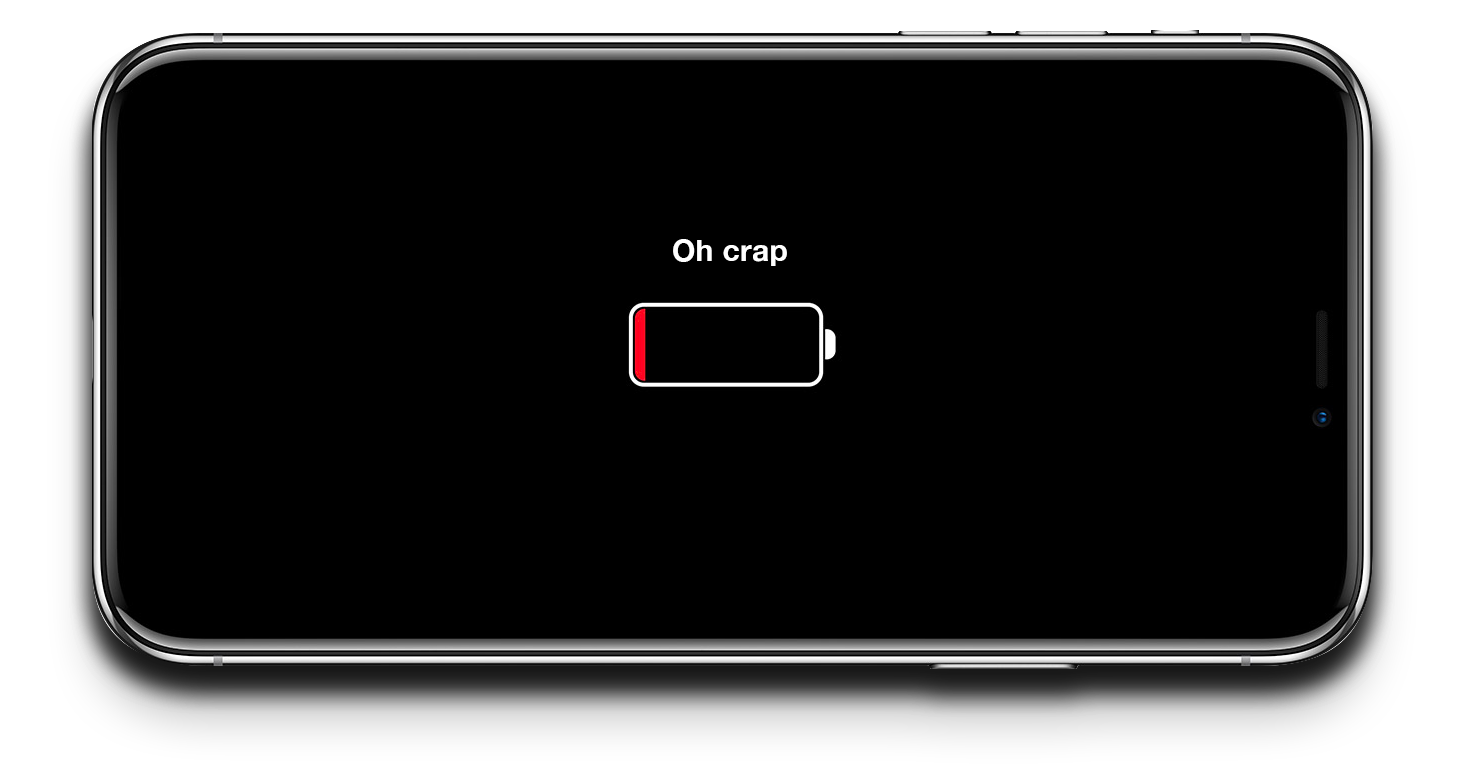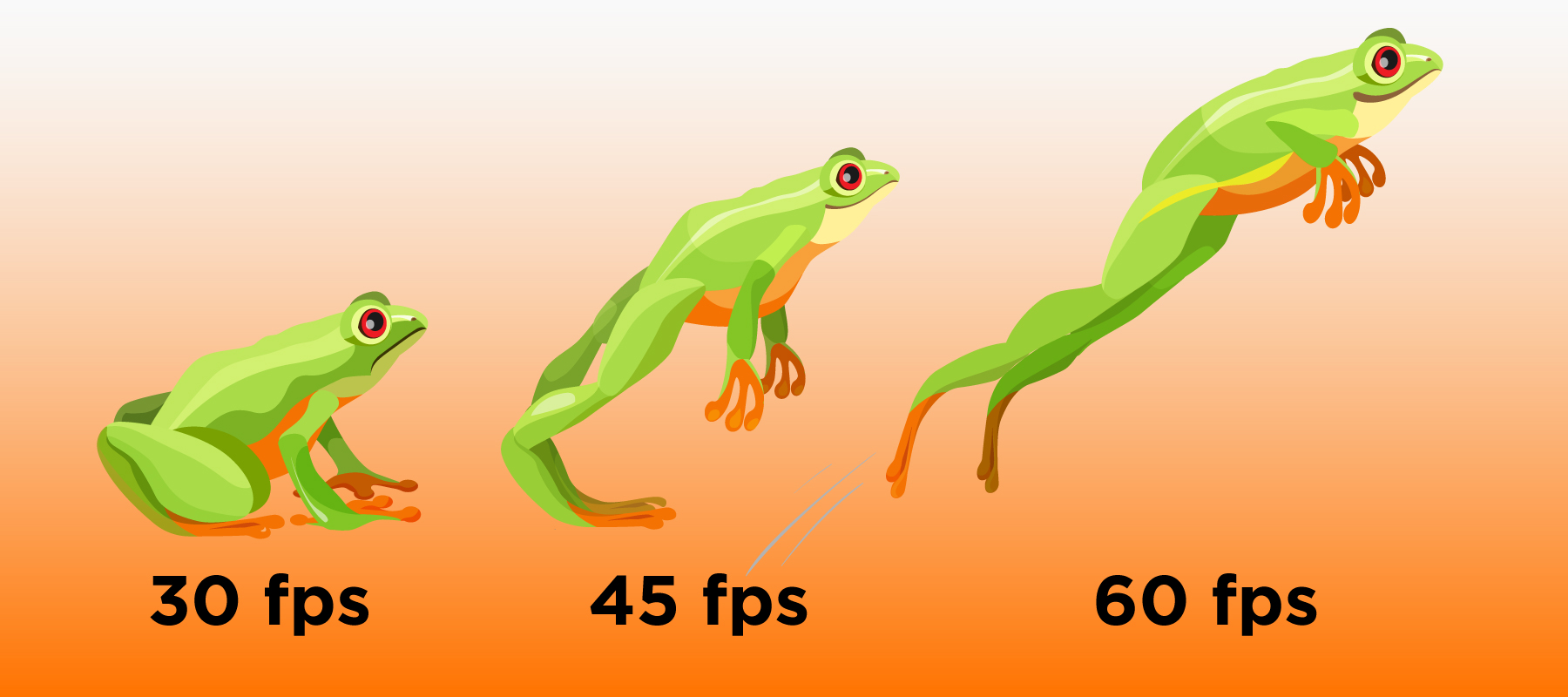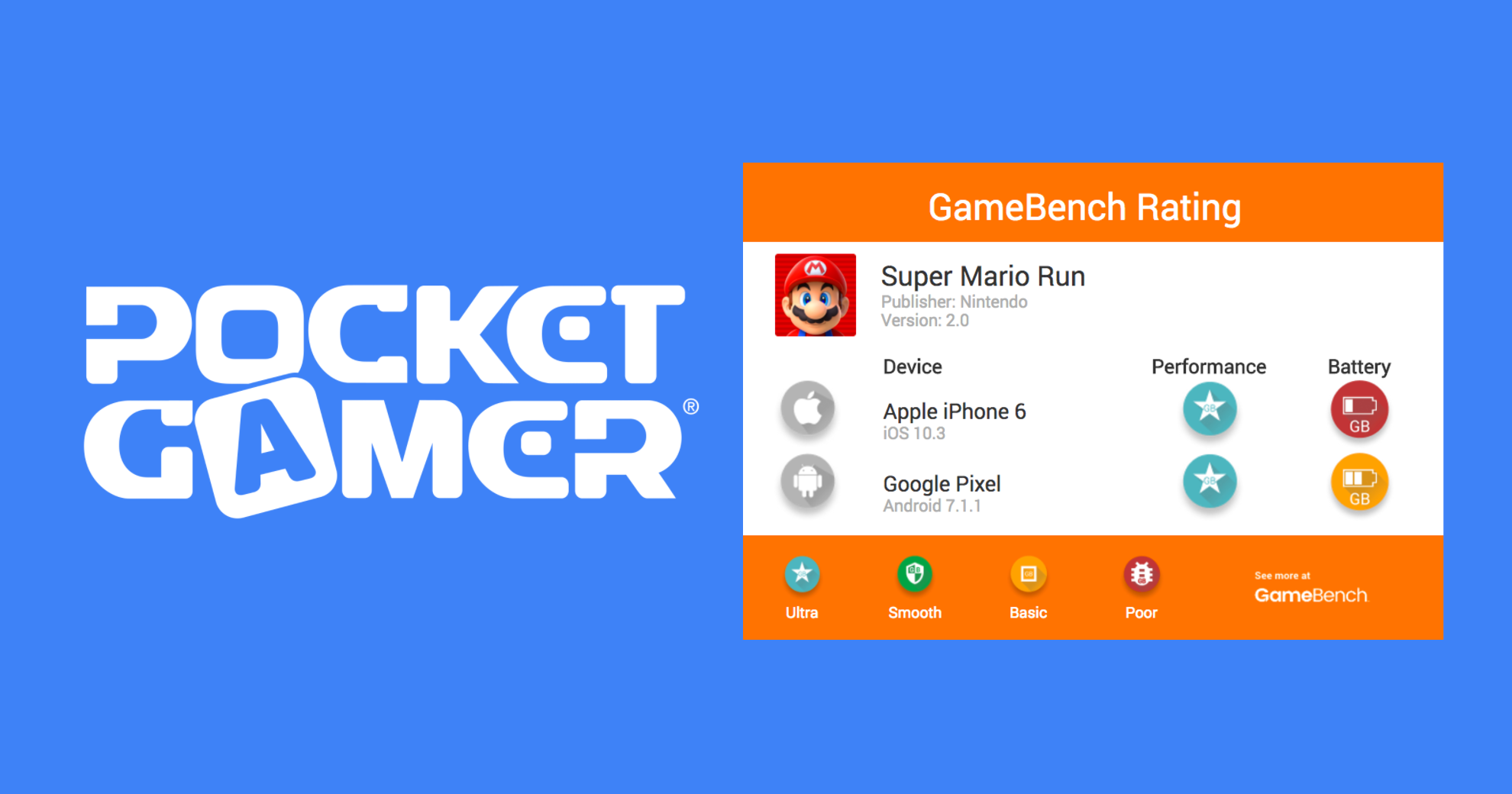The notion of frame rate, or frames per second (fps), which measures the smoothness of an animation, is traditionally associated with game development rather than app development. This is because games depend on stutter-free graphics in order to feel immersive, believable and responsive to a gamer’s touch inputs.
However, as businesses increasingly rely on visual fluidity to sell their products and transmit the quality of their brands, this distinction between the two sides of our industry is becoming obsolete.
Streaming video, displaying moving ads, scrolling through media-rich pages, swiping across screens, zooming and dragging -- at a fundamental level these are all animations that feel wrong if they’re not smooth. And frame rate is pretty much the the only objective way to measure this smoothness as a user perceives it on their screen.
Read More





